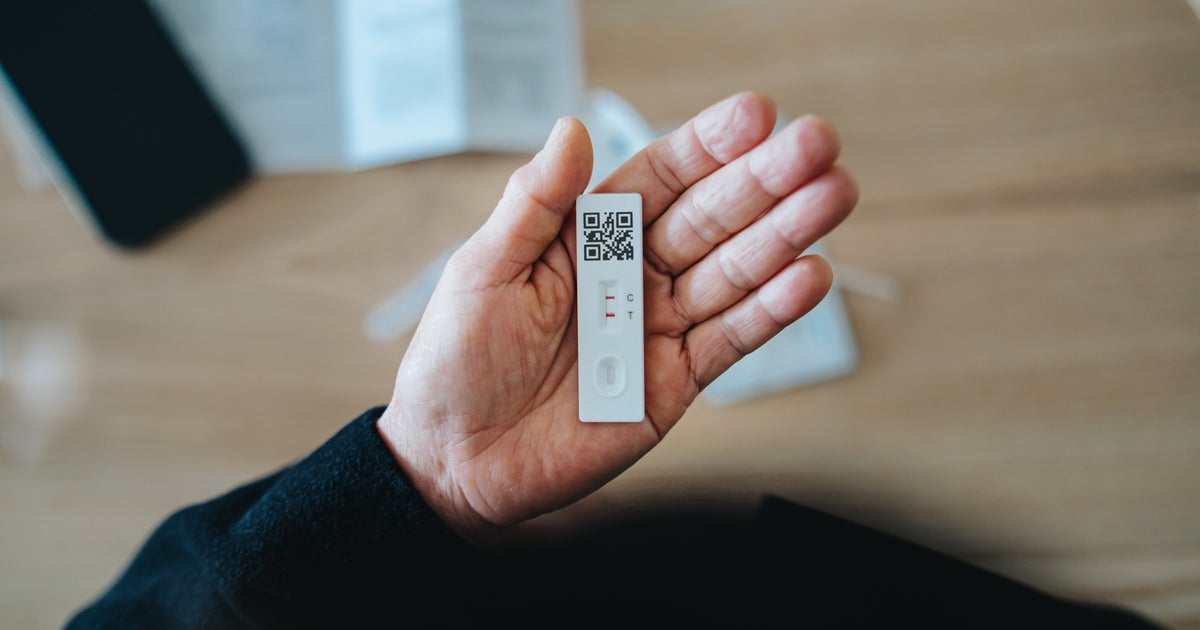Early in the COVID-19 pandemic, the anxiety-inducing experience of exposure to the virus often involved waiting anxiously for several days to see if you had been infected. However, as time has progressed and new variants have emerged, the window of time between infection and symptom onset has decreased.
In a recent review published in the journal JAMA Network Open in 2022, researchers examined 141 studies to understand how the incubation period of COVID-19 has changed since March 2020. The scientists from Beijing found that with each new variant, the incubation period has significantly shortened. The Omicron variant, for example, has the shortest time between infection and symptom presentation. This review highlighted that the incubation periods for the Alpha, Beta, Delta, and Omicron variants were 5.00, 4.50, 4.41, and 3.42 days, respectively.
It is important to note that the studies analyzed in this review relied largely on individuals recalling their infection dates and symptom onset dates from memory, which may introduce some margin for error if participants misremembered these details.
Additionally, an April 2023 study confirmed these findings, specifically noting that the incubation times for Omicron variants were shorter than those of the Delta variants. For instance, the incubation time for the initial Omicron subvariant, known as BA.1, was three days, whereas the incubation time for Delta was four days.
Experts have also confirmed these findings in their own work. According to David Souleles, the campus public health response team director at the University of California, Irvine, the incubation periods for COVID-19 have become much shorter with the circulating Omicron variants. Instead of the previous range of 2-14 days after exposure, symptoms now typically appear within two to five days.
A shorter incubation period means that COVID-19 can spread more easily. When individuals become symptomatic faster, they have a higher viral load, increasing their likelihood of transmitting the virus to others. Symptoms such as coughing and sneezing accelerate the ability of the virus to move from person to person.
Unlike earlier variants, the virus no longer requires an extended window of time between infection and symptom onset to be transmissible. Therefore, if you were exposed to someone with COVID-19 and develop symptoms within a few days, there is a higher chance that you may have already spread the virus to others. Variants like Alpha and Beta had longer incubation periods, which decreased the likelihood of transmission during the early stages of infection.
The shortened incubation period is a clear sign that COVID-19 has become more contagious over time. As the virus continuously evolves and mutates, it produces variants with different levels of transmissibility. The goal of the virus is to infect more people, and a shorter incubation period is one of the ways it has achieved this. COVID-19 has become hyper-contagious and has developed the capacity to infect the upper airway more than the lower airway, making it even more transmissible. A virus in the upper airway can spread more easily through the respiratory route.
To protect yourself and your loved ones, it is crucial to stay up-to-date with your vaccinations. The Centers for Disease Control and Prevention have approved updated COVID-19 shots for 2023, specifically targeting variants like the XBB.1.5 subvariant, which is a descendant of Omicron and remains prevalent. These boosters are expected to provide strong protection against currently circulating Omicron variants as a whole.
In addition, it is essential to continue following well-known mitigation measures. Wash your hands frequently, wear masks indoors, opt for outdoor settings whenever possible, take COVID-19 tests if you experience symptoms, and isolate if you test positive.
COVID-19 is a constantly evolving virus, and experts are continually learning more about it. The information provided in this article is based on what is known at the time of publication, but guidance may change as new research emerges. For the most updated recommendations, please refer to the Centers for Disease Control and Prevention.
Denial of responsibility! Vigour Times is an automatic aggregator of Global media. In each content, the hyperlink to the primary source is specified. All trademarks belong to their rightful owners, and all materials to their authors. For any complaint, please reach us at – [email protected]. We will take necessary action within 24 hours.


